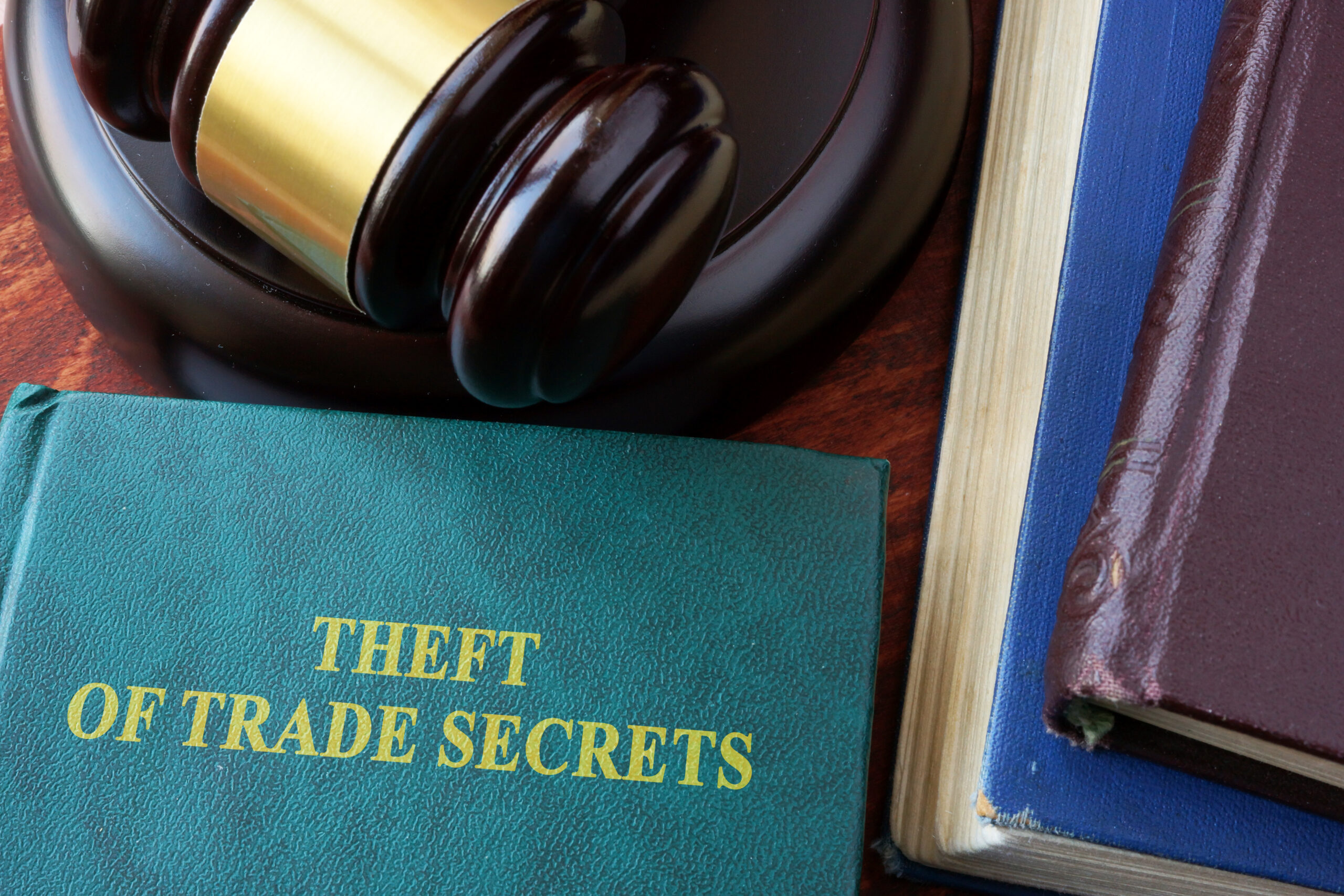By: Editorial Staff, Date: February 20th, 2025
Trade secrets are essential for maintaining a business’s competitive edge. Their misappropriation can result in significant economic harm. Proving trade secret misappropriation in court is critical for businesses seeking to safeguard their valuable information. This article explores the key elements of a misappropriation case, the required evidence, and the legal process involved.
Understanding Trade Secrets
A trade secret is any confidential information that gives a business a competitive edge, such as formulas, processes, designs, or proprietary methods. To qualify as a trade secret, the information must not be generally known or easily accessible within the industry. Protection is provided under both state and federal law, including the Uniform Trade Secrets Act (UTSA) and the Defend Trade Secrets Act (DTSA) of 2016, which establish legal remedies for misappropriation.

Elements of Trade Secret Misappropriation
To successfully prove trade secret misappropriation in court, several key elements must be established:
- Existence of a Trade Secret: Businesses must prove that a trade secret exists. This requires clearly defining what qualifies as a trade secret, whether it is a formula, process, business strategy, or other proprietary knowledge. Additionally, demonstrating reasonable efforts to maintain its secrecy is essential. These efforts may include implementing non-disclosure agreements (NDAs), restricting access to sensitive data, and employing security measures to prevent unauthorized disclosure.
- Misappropriation: Businesses must demonstrate that the defendant acquired the trade secret through improper means, such as theft, bribery, espionage, or a breach of confidentiality. Additionally, it is essential to prove that the defendant disclosed or used the trade secret without authorization, which can be shown through communications, actions, or other evidence.
- Economic Harm: Businesses must provide evidence demonstrating how the misappropriation negatively impacted them. This may include lost profits, a decline in market share, or reputational damage resulting from the unauthorized use or disclosure of the trade secret.
Gathering Evidence
Building a strong case requires thorough evidence collection:
- Documentation: Strong documentation is essential for proving trade secret misappropriation. Present any contracts that outline confidentiality obligations between the business and its employees, partners, or third parties. Additionally, company policies on trade secrets and confidentiality measures should be provided to demonstrate efforts to protect sensitive information. Gathering emails, messages, or other communications indicating unauthorized sharing or use of trade secrets can further strengthen the claim.
- Witness Testimonies: Witness testimonies can strengthen a trade secret misappropriation claim. Employee statements can help substantiate the existence of the trade secret and the measures taken to protect it. Additionally, expert witnesses can provide insights into the trade secret’s significance and explain how its misappropriation has impacted the business.
- Forensic Evidence: If applicable, digital forensics can help trace unauthorized access to confidential information, providing concrete evidence of misappropriation. Analyzing digital footprints, access logs, and data transfers can reveal how the trade secret was obtained and used without authorization.
Legal Proceedings
- Filing a Complaint: The first step in pursuing a trade secret misappropriation case is drafting a clear and concise complaint. This document should outline the claims, cite relevant laws, and detail how each element of misappropriation is met. A well-structured complaint helps establish the legal basis for the case and sets the stage for further proceedings.
- Discovery Process: The discovery process is crucial for gathering additional evidence from the defendant. This may include interrogatories, requests for documents, and depositions. Through discovery, parties can obtain vital information to support their claims and strengthen their case.
- Trial Preparation: Effective trial preparation involves organizing evidence, developing strong legal arguments, and rehearsing witness testimonies. This process ensures a clear and compelling presentation of the case, increasing the chances of a successful outcome in court.
Successfully proving trade secret misappropriation in court requires careful preparation and a thorough understanding of both legal principles and factual evidence. Consulting with legal professionals specializing in intellectual property law can further strengthen the claim and help protect valuable business secrets from unauthorized use.
Explore effective strategies for safeguarding trade secrets in our webcast: Safeguard Your Competitive Edge: Mastering Trade Secret Disputes for Business Success
Upcoming Webcasts
Asbestos Litigation Trends: Understanding Disease, Jurisdiction, and Plaintiff Firm Strategies
Asbestos litigation remains a dynamic and pivotal facet of the legal realm, holding profound consequences for both victims and implicated industries. In this enlightening session, we will unravel the intricate factors that shape legal proceedings involving asbestos. Our panel of experts will delve into crucial subjects, encompassing recent advancements in diagnosing and treating asbestos-related diseases, navigating the complexities of jurisdictional challenges within asbestos cases, and elucidating the strategic approaches employed by plaintiff firms to construct formidable cases. Furthermore, we will scrutinize contemporary trends within asbestos litigation, dissecting the legal intricacies and regulations that exert influence on this legal domain.


